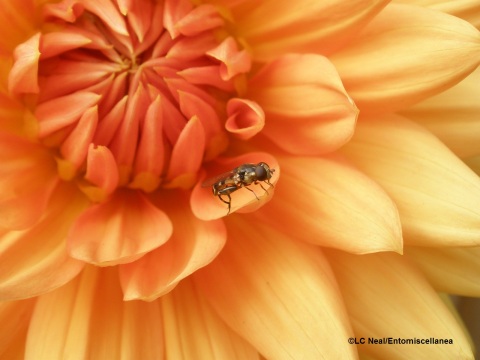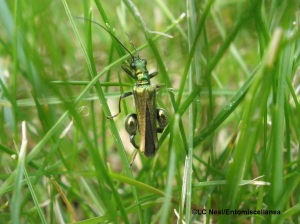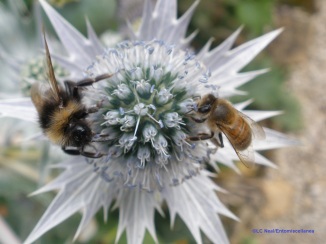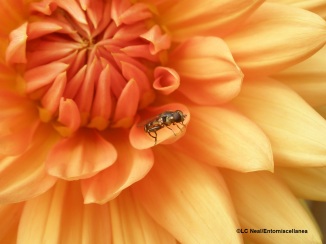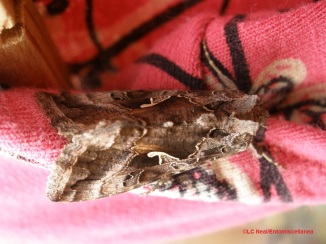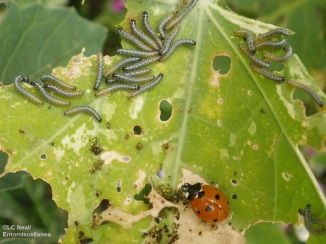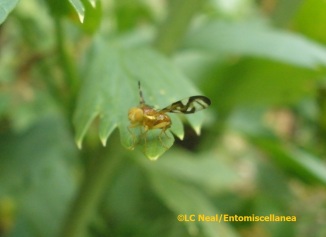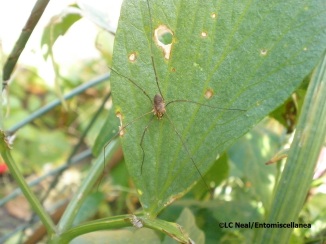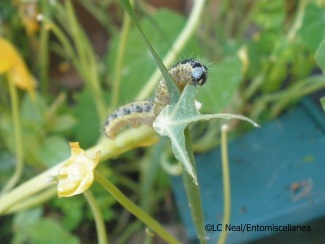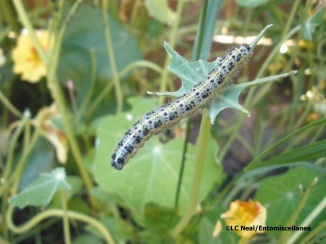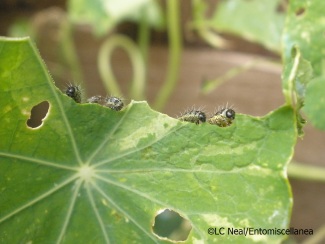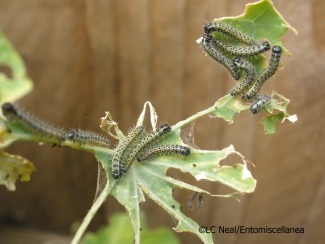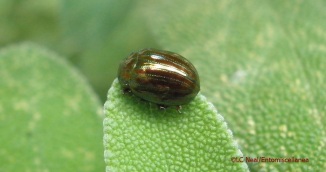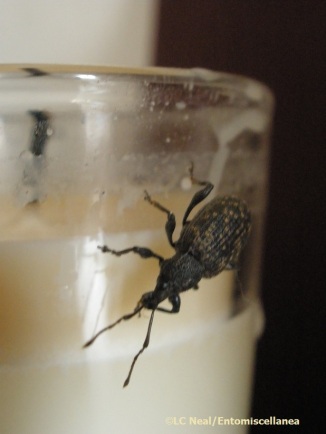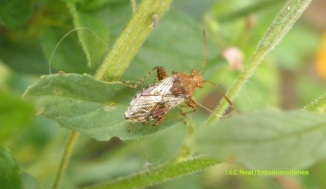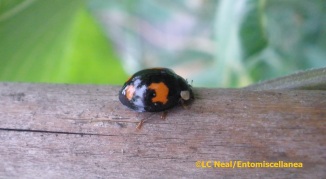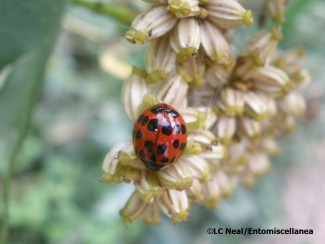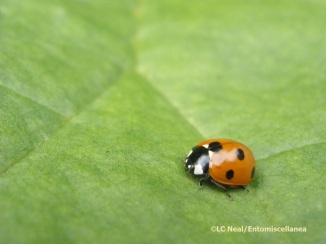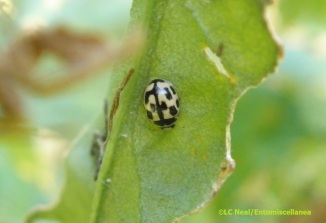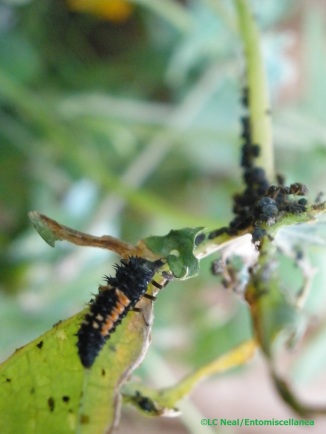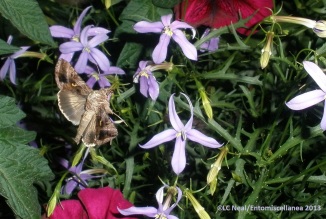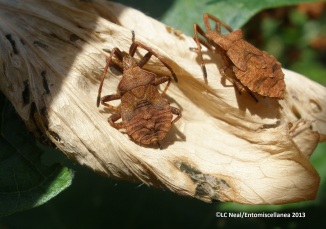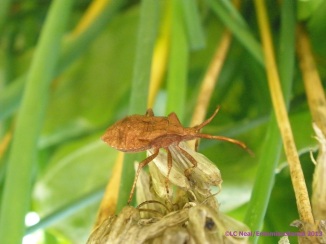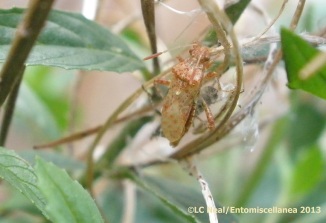New year, new lease of life for this online album of insect critters. I’ve been absent for many years, in no small part due to the lack of many-legged-and-winged friends that I have seen in this time. One reason may be moving from Warwickshire to Buckinghamshire, but both counties have their fair share of wildlife – I’ve seen countless woodpeckers and a few dragonflies – and the insect ‘dry season’ began for me about a year before the move.
This ‘disappearing insect’ phenomenon is noticeable in many ways. For example, remember when windscreens would be splattered by moths and bugs caught in the headlights of your car as you drove in the dark? This barely happens now. And although I live in a flat that’s high up, visible for miles, with glazed doors and the lights on after dark, during summer there were almost no insects drawn by the glow of my light.
Don’t just take my word for it. I was intrigued to see this article earlier in the year, confirming what I’d been thinking:
Science magazine – Where have all the insects gone?
Here are a couple of others:
The Guardian – A giant insect ecosystem is collapsing due to humans. It’s a catastrophe
The Telegraph – The windscreen phenomenon: why your car is no longer covered in dead insects
Yale Environment 360 – What’s causing the sharp decline in insects, and why it matters
Quoted from the Yale article:
“Scientists cite many factors in the fall-off of the world’s insect populations, but chief among them are the ubiquitous use of pesticides, the spread of monoculture crops such as corn and soybeans, urbanization, and habitat destruction. ”
With this in mind, the photos I will be sharing will, for a little while and no longer, I hope, only be those I took some years ago.
